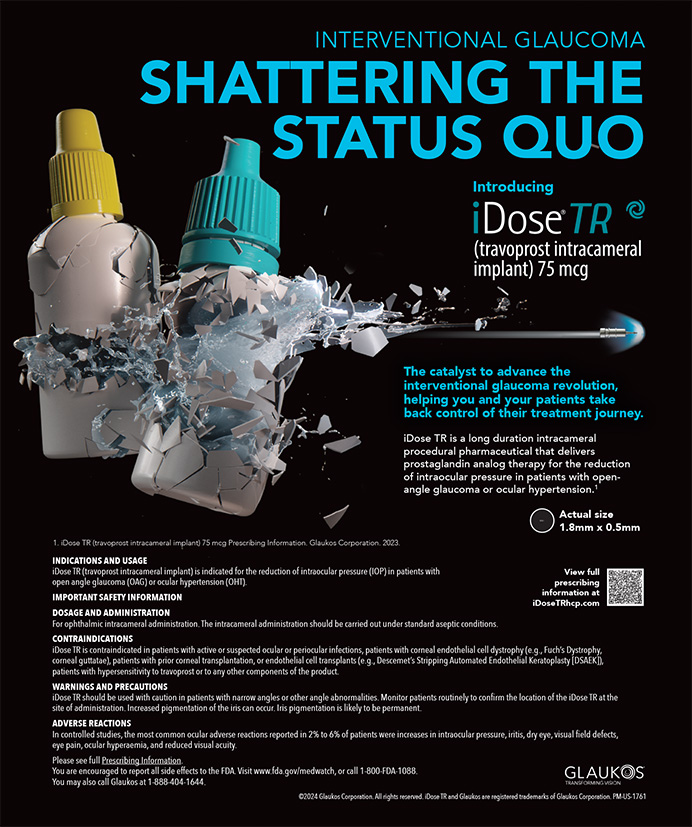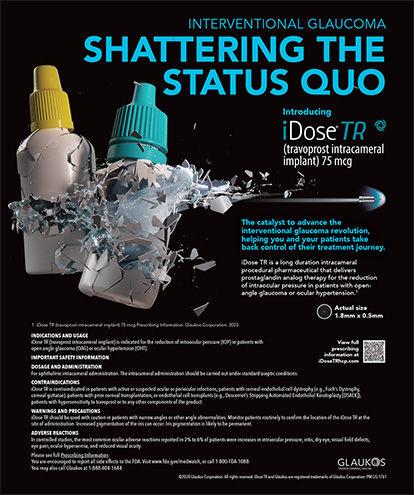
In refractive cataract surgery, mastering each technique’s intricacies is essential for optimizing patient outcomes. This column is designed to be a comprehensive guide for both novice and seasoned ophthalmologists that focuses on pivotal aspects of surgery. Drawing from my chapter on surgical pearls that appeared in the book The Art of Refractive Cataract Surgery for Residents, Fellows, and Beginners,1 coedited by Fuxiang Zhang, MD, and Alan Sugar, MD, articles offer a detailed examination of surgical steps and are complemented by video demonstrations when available.
Each installment explores a different facet of surgery for the refinement of technique and patient care. The goals of this approach are to enhance surgical skills and promote a deeper understanding of the nuances involved in managing diverse cases.
1. Zhang Y. The Art of Refractive Cataract Surgery. 1st ed. Thieme Publishers; 2022. © 2022 Thieme Publishers. Reprinted with permission. www.thieme.com.
We cataract surgeons depend on patients’ cooperation to achieve the best results. Our active communication helps quell their fear and fill their gaps in knowledge. When I performed surgery, I encouraged the conscious practice of psychiatric ophthalmology (watch a video showing how I interacted with patients during surgery below). This article shares my experience.
ANESTHESIA CONSIDERATIONS AND COMMUNICATION
Most of my patients received topical and intracameral anesthetics without airway control. Even a dedicated and experienced anesthetist cannot afford to cause slumber for fear of unconscious patient movement. I made sure patients understood what was happening and what would happen. Using a technique dubbed vocal local allowed the anxiolytic and amnestic properties of systemic drugs to be used sparingly without resorting to doses or compounds that induced hypnotic sleep. Good intraoperative rapport also promoted patient compliance with postoperative medications and appointments.
COMMUNICATING WITH HARD-OF-HEARING PATIENTS
I prepared hard-of-hearing patients preoperatively to expect their hearing aid to be temporarily replaced intraoperatively on the ipsilateral side with a device that allowed me to speak directly into their ear with a microphone clipped to my surgical mask. This prevented the draped hearing aid from squealing, greatly facilitated communication, and reduced the need for anesthesia. If I could communicate well with an intelligent patient who had profound hearing loss and a sign language interpreter, I offered communication by touch, making topical anesthesia possible.
ENGAGING PATIENTS’ FAMILIES
I offered the families of patients undergoing cataract surgery the opportunity to hear and watch the live televised surgeon’s view in a remote room. I found that this gave them an appreciation of the skill and complexity involved in restoring vision.
THE POWER OF WORDS AND PATIENT EXPERIENCE
I selected every word I used for its psychological impact on the patient and to signal efficient progress to my staff. I had patients call their experience “fun,” and artists drew the explosion of colors and images they experienced with interest rather than fear.
1. Zhang F. Special communication for deaf patients during topical anesthesia cataract surgery. Am J Ophthalmol Case Rep. 2020;20:100940.




